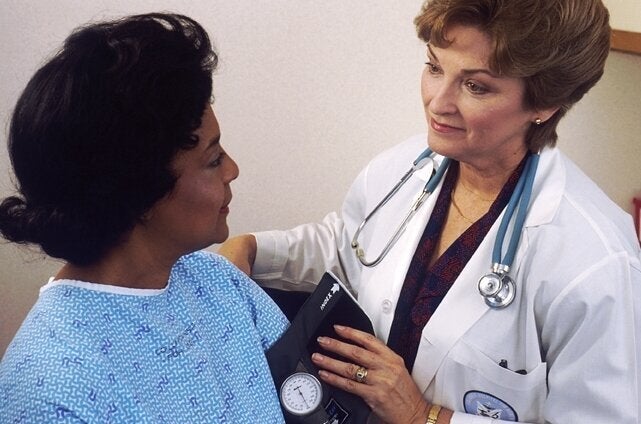
Health insurance costs have skyrocketed, making preventative care a near-impossibility for many Americans. But a unique system has sprung up, skirting around the insurance industry entirely: direct primary care practices. And the impact, proponents say, isn't just financial. Direct primary care clinics could dramatically increase the quality of health care, too.
The idea behind direct primary care practices (DPCPs) is that patients pay a modest, monthly fee (often adjusted according to age and existing conditions) and receive direct access to their doctor.
This means practices generate revenue directly from fees and not from billing insurance companies or ordering tests.
So what are the health implications of these plans?
Proponents say they are plentiful.
Because the fee model limits the amount of time doctors have to spend filling out insurance paperwork or battling over coverage, they have more time to devote to patient appointments. The Direct Primary Care Coalition says that many Americans have never experienced a high level of care because doctors rush through appointments. (CNN reports that the average doctor appointment is now 13 minutes.) Freed from those constraints, doctors at DPCPs have more time to spend with patients, which could improve the quality of care.
But at this point, hard quantitative data supporting the idea is limited. Last fall, Qliance -- a Seattle-based practice with multiple outposts -- released proprietary data showing that non-Medicare Qliance patients experienced 62 percent fewer emergency room visits in 2009 than the benchmark for the region. But Qliance clarified that the data was internal and "may not capture all non-primary care claims."
Many of the potential benefits of DPCPs are financial -- for both patients and doctors alike.
Kaiser Health News reporter Michelle Andrews has been leading the charge in covering DPCPs and has reported extensively on practices like Qliance. In an article for NPR, Andrews reported that the company typically charges patients around $65 per month, which according to its president, results in an annual revenue three times that of an insurance-based practice.
Numbers like that may explain why DPCPs are increasingly widespread, with reports saying they're now available in 21 states. But according to the Los Angeles Daily News, some states, like California, are grappling with how to regulate them, license-wise, and have concerns about whether or not they have sufficient financial reserves to cover costs and tests.
In 2014, Direct Primary Care models will become a part of the slated health care reform; they'll be available in the planned insurance exchanges (whereby people shop online for public or private plans). The Hartford Courant reports that direct primary care won't be advertised as a health plan on its own, but could qualify when "combined with some type of health plan sold by private insurers."
Indeed, at least one thing DPCPs don't eliminate is the need for emergency coverage. The Direct Primary Care Coalition says that patients should also have an emergency care insurance plan -- often a less-comprehensive one with lower premiums -- as accidents do happen. It adds that direct models are a return to a kind of halcyon days in the realm of managed care, given that insurance was "originally created to cover unplanned serious illnesses and crises."
Which is why proponents of DPCPs emphasize that they are focused solely on improving primary, preventative care. And that, according to Dr. Garrison Bliss, the co-founder of Qliance, is exactly what they do -- by giving patients more control.
"The patients are the enforcers," he said in a recent Physicians Foundation report. "They will not pay out of pocket for mediocre care."
Interested? A good place to start is the Direct Primary Care Coalition's website, which has a working database of DPCPs nationwide.
